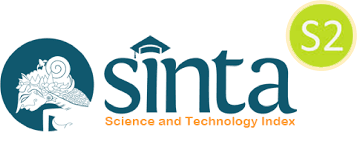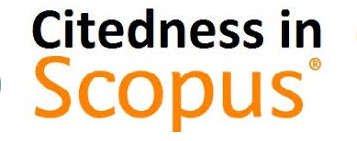SINTA 2
Submissions
Submission Preparation Checklist
As part of the submission process, authors are required to check off their submission's compliance with all of the following items, and submissions may be returned to authors that do not adhere to these guidelines.-
The manuscript has not been previously published and is not currently under consideration by another publication, unless a justification is provided in the Comments to the Editor section.
-
The submission file is in one of the following document formats: OpenOffice, Microsoft Word, RTF, or WordPerfect.
- URLs for references are provided wherever possible.
- The manuscript is formatted with single-spaced text, 12-point font, and italicized text rather than underlining (except for URLs). Illustrations, figures, and tables are included within the text at the appropriate points, rather than at the end.
- The manuscript adheres to the stylistic and bibliographic guidelines provided in the Author Guidelines, which can be found in the About the Journal section.
Copyright Notice
By publishing with Indonesian Comparative Law Review, authors agree to the following terms:
1. Authors retain the copyright to their work and grant Indonesian Comparative Law Review the right of first publication, while also licensing the work under a Creative Commons Attribution License (CC BY 4.0). This license permits others to share the work, provided they acknowledge the author and the initial publication in this journal.
2. Authors may enter into separate agreements for non-exclusive distribution of the published version of their work, such as posting it to an institutional repository or including it in a book, with acknowledgement of its initial publication in this journal.
3. Authors are encouraged to share their work online, for example on institutional repositories or personal websites, both before and during the submission process. This practice can lead to productive exchanges and increased citation of published work.



